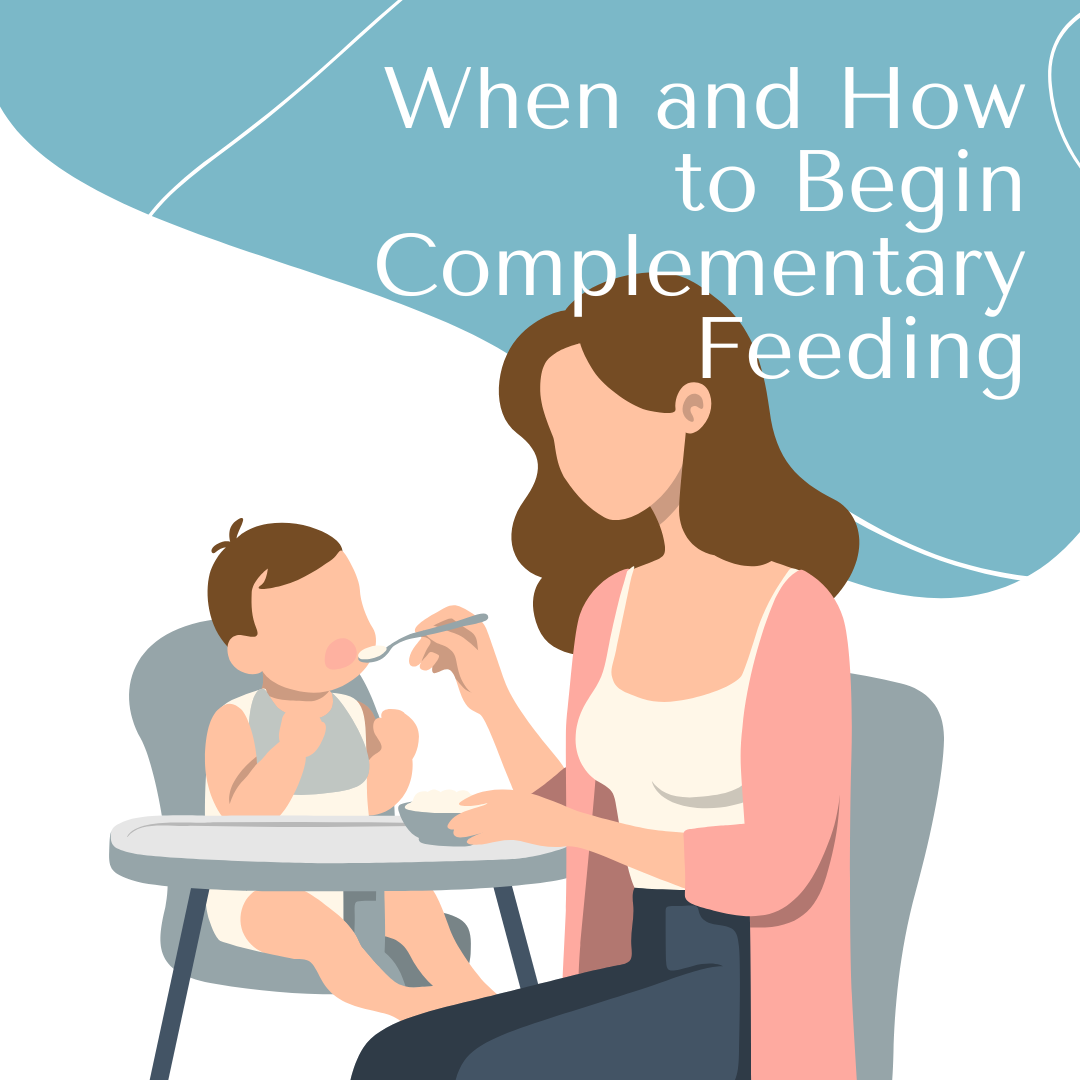

Introducing solids is an exciting milestone for parents and babies alike. It’s the start of your child’s lifelong relationship with food. Here’s how to make this transition smooth and enjoyable.
Most babies are ready for complementary feeding around 6 months of age. Look for these readiness signs:
Start with simple, easily digestible foods:
Complementary feeding is about more than nutrition—it’s about fostering a healthy relationship with food. Take it slow, enjoy the journey, and consult your pediatrician if you have any concerns.